The Huawei Mate S Review
by Andrei Frumusanu on December 2, 2015 8:00 AM EST- Posted in
- Smartphones
- Huawei
- Mobile
- Kirin
- Mate S
Camera Still Picture Performance
The camera of the Mate S doesn't differ from the one on the P8, we again see usage of an F/2.0 optics module featuring Sony's IMX278 RGBW 13MP sensor, with the camera module also sporting two-axis optical image stabilization (OIS). Image processing is in part done by help of an external dedicated ISP by Altek.
Daytime Pictures
Overall the Mate S's daylight performance doesn't differ from what we've seen on the P8. This also comes with the same drawbacks that we've seen on the P8. The RGBW sensor's reduced resolution is worsened by the reduced clarity of details in objects such as leaves and greeneries brought by the fact that the sensor has only half the green sub-pixels compared to traditional Bayer RGBG sensors as found in other devices.
There were some instances where the Mate S did noticeably differ from the P8. Depending on lightning and subject, the Mate S was able to achieve better exposure and colour balance compared to the P8. This seems to be a result of improved calibration tables of the Mate S's post-processing and ISP. This was also one of the cases where the P8 seemed to have regressed compared to previous Huawei devices so I'm happy to see that the Mate S now is able to achieve comparable results to devices such as the Galaxy S6.
One aspect that Huawei still lags behind is usage auto-HDR mode that is able to choose whether it's best to use HDR or not. I found it quite tiresome to manually switch between the SDR and HDR modes to try to see which gave the best results. Unfortunately there's still instances where the Mate S's HDR mode might look too overexposed, resulting in unnatural images.
Nighttime Pictures
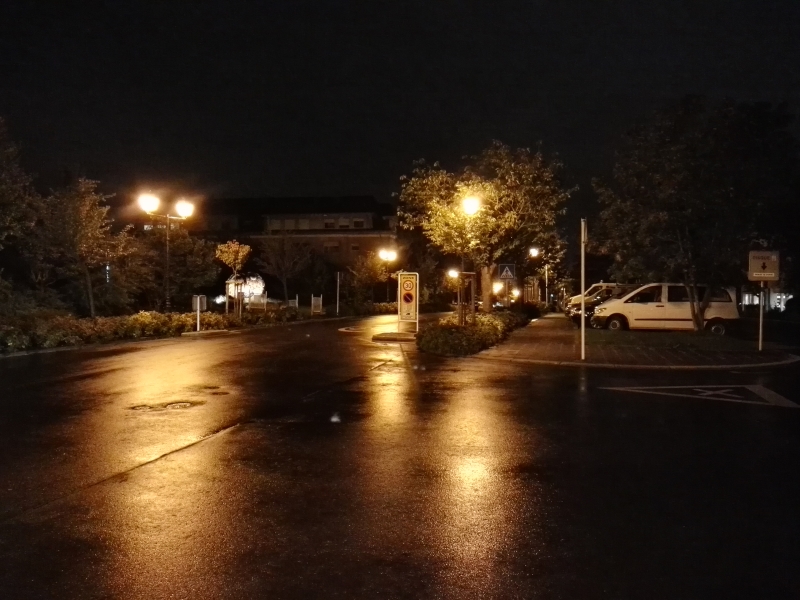
Nighttime differences between the Mate S and the P8 are much more noticeable. While the P8 struggled to properly capture the colour balance caused by the sodium lamps on the streets, the Mate S is able to do a much better job at reproducing the warmer scenes. An odd characteristic and regression on the Mate S in scene 1 was that the device wouldn't properly focus, resulting in some blurred out captures for that scenario.
In the last mixed-lightning scenario we see the Mate S again differ in terms of colour balance and slightly different exposure settings. Unfortunately this time around it's a regression compared to the P8 as it reproduces a too cold image compared to what we see on the P8 or Galaxy S6.
A new addition to Huawei's camera is a "Pro mode" with full manual controls. It allows for choosing between focus modes, an optional analog focus slider, exposure value from -2 to +2 E/V in steps of 0.1 or configuration of the shutter duration from 1/4000th to 8 seconds. ISO is configurable from ISO100 to ISO1600. What I also liked was besides the usual options of pre-configured white-balance presets also a full manual slider from 2800 to 7000K in 100K steps. All in all, this is a feature-complete camera application in terms of the most common manual controls. The device lacks the capability to shoot in RAW format, which is a pity. As for the interface itself, while it does look interesting in terms of design, it still falls behind in terms of usability compared to Samsung's pro mode and more imporantly, LG's pro-mode found on the G4 which I currently see as offering the most extensive and functional UI of any stock smartphone camera application.
Overall the Mate S camera is a good performer, but I wished there would have been more advancements in terms of image processing to achieve a more consistent camera performance. Huawei still lacks a proper auto-HDR option that is able to smartly choose between the two shooting modes, making everyday shooting requiring a little trial & error when trying to get the best shot out of a scene.
Video Performance
We've talked about the rather disappointing video performance of the P8 and deducted that this must be caused by the disappointing ISP and processing of the Kirin SoC. Since the Mate S sports the same hardware we unlikely to see much improvement in terms of video recording performance.
1080p30 - Optical image stabilization
The Mate S lacks 4K recording, so the video settings are best kept at 1080p with OIS always on. Huawei gives the rare option to turn off OIS but I've come to the conclusion that there is no real reason to disable it as it offers no advantage. EIS is still a no-go, as while doing a great job in terms of stabilization, it vastly reduces the effective resolution of the output stream resulting in much blurrier video that is simply no longer acceptable. Even with the optimal settings, the Mate S, similarly to past Huawei devices simply lacks sufficient detail to be able to compete against flagships from other manufacturers.
1080p videos are recorded at a bitrate of around ~9800kbps with a stereo 48KHz 96kbps AAC audio track. As with all previous Huawei devices I've review, the audio recording fidely is again among one of the best of any devices I've used with excellent clarity and stereo audio reproduction, so there's definitely praise to be had in that regard.


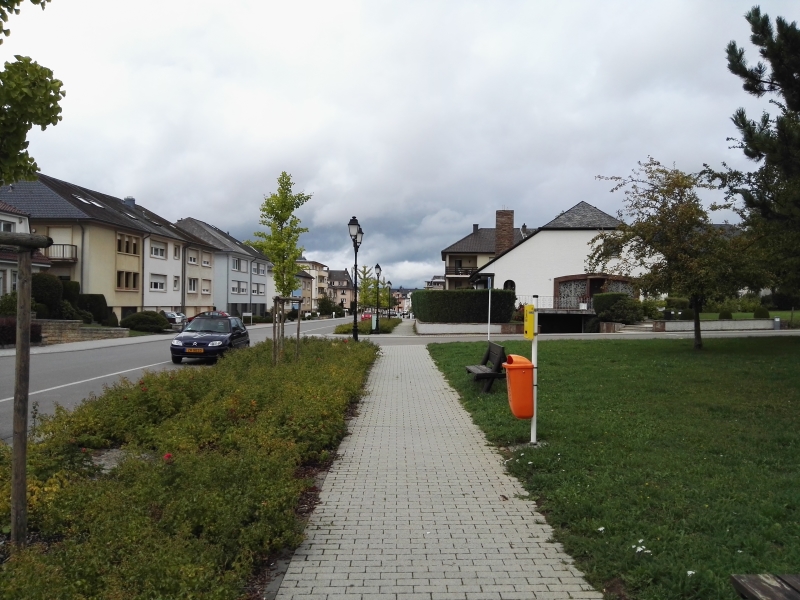












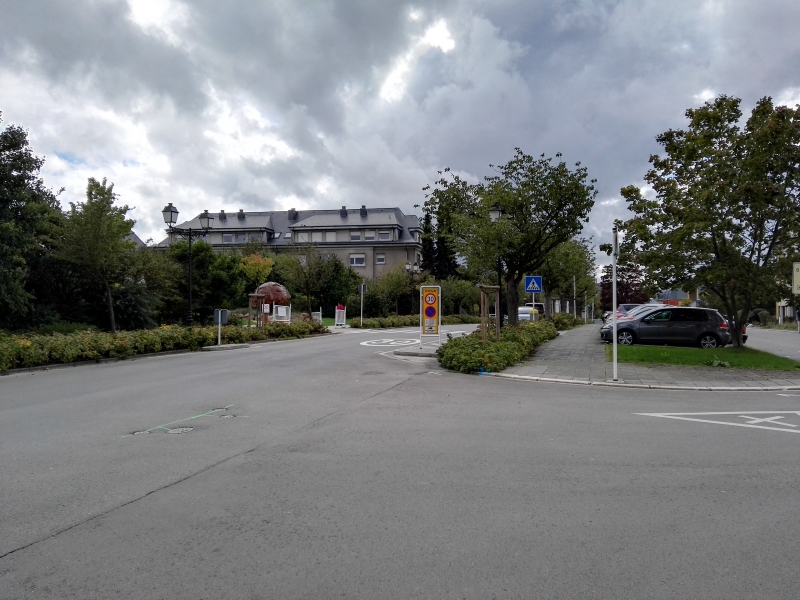





































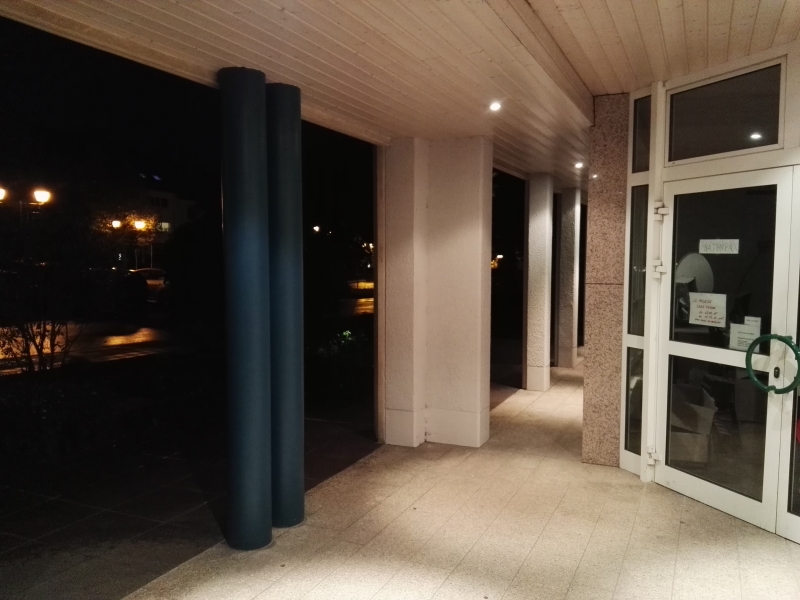






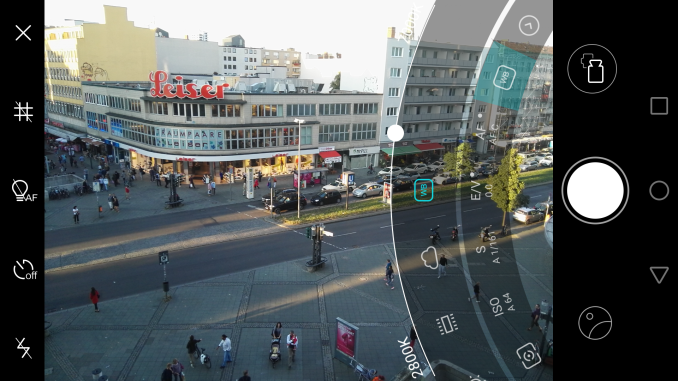








54 Comments
View All Comments
HarryATX - Wednesday, December 2, 2015 - link
I wonder how long this review took as the hero image shows the iOS9 Review as the headline. :-)Monsri Fares - Wednesday, December 2, 2015 - link
No lumia 950/950 XL review??I only trust your reviews Anandtech, and i won't buy the 950 until i see your tests
tipoo - Wednesday, December 2, 2015 - link
The XL isn't out for review by anyone yet. The 950 just started getting some quick reviews, but AT as always takes a bit longer to go deeper.DukeN - Wednesday, December 2, 2015 - link
yawnmelgross - Wednesday, December 2, 2015 - link
This reminds me of an HTC device from the rear.jra101 - Wednesday, December 2, 2015 - link
Why only onscreen results for GFXBench?techconc - Wednesday, December 2, 2015 - link
Fair question, but considering the GPU performance is so poor, does it really matter? Nobody is going to buy this phone based on performance.melgross - Wednesday, December 2, 2015 - link
I almost forgot. Why is the Galaxy missing from almost all of the tests?eaglehide - Wednesday, December 2, 2015 - link
Why isn't there a Motorola in the the benchmarks ? Would lobe to see Motorola Turbo's pitched against these phones.krumme - Wednesday, December 2, 2015 - link
Interesting read as usualSurprising cpu perf of the a53 implementation ! - compared to eg Krait s801 is that representative of subjective real world usage for web browsing?